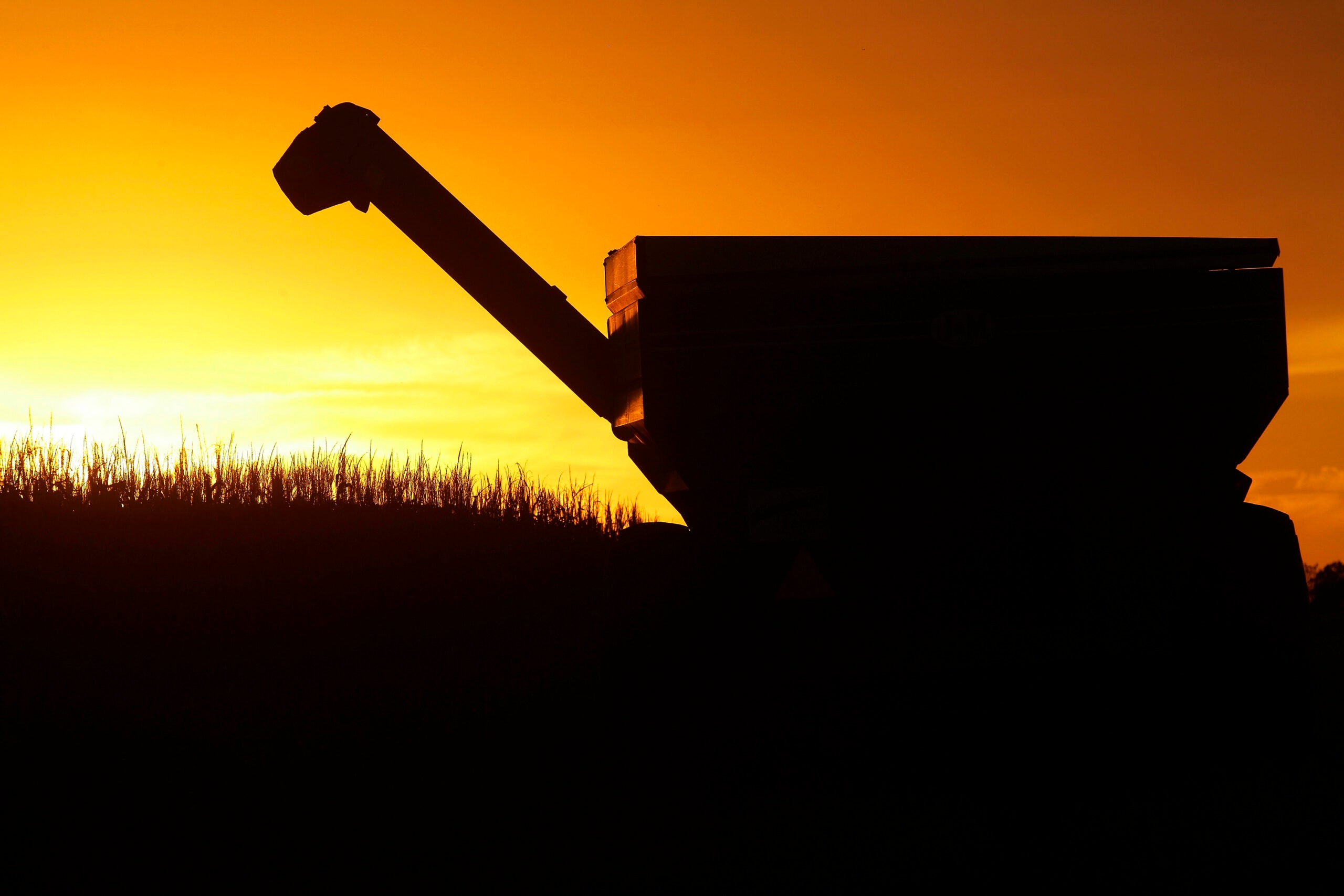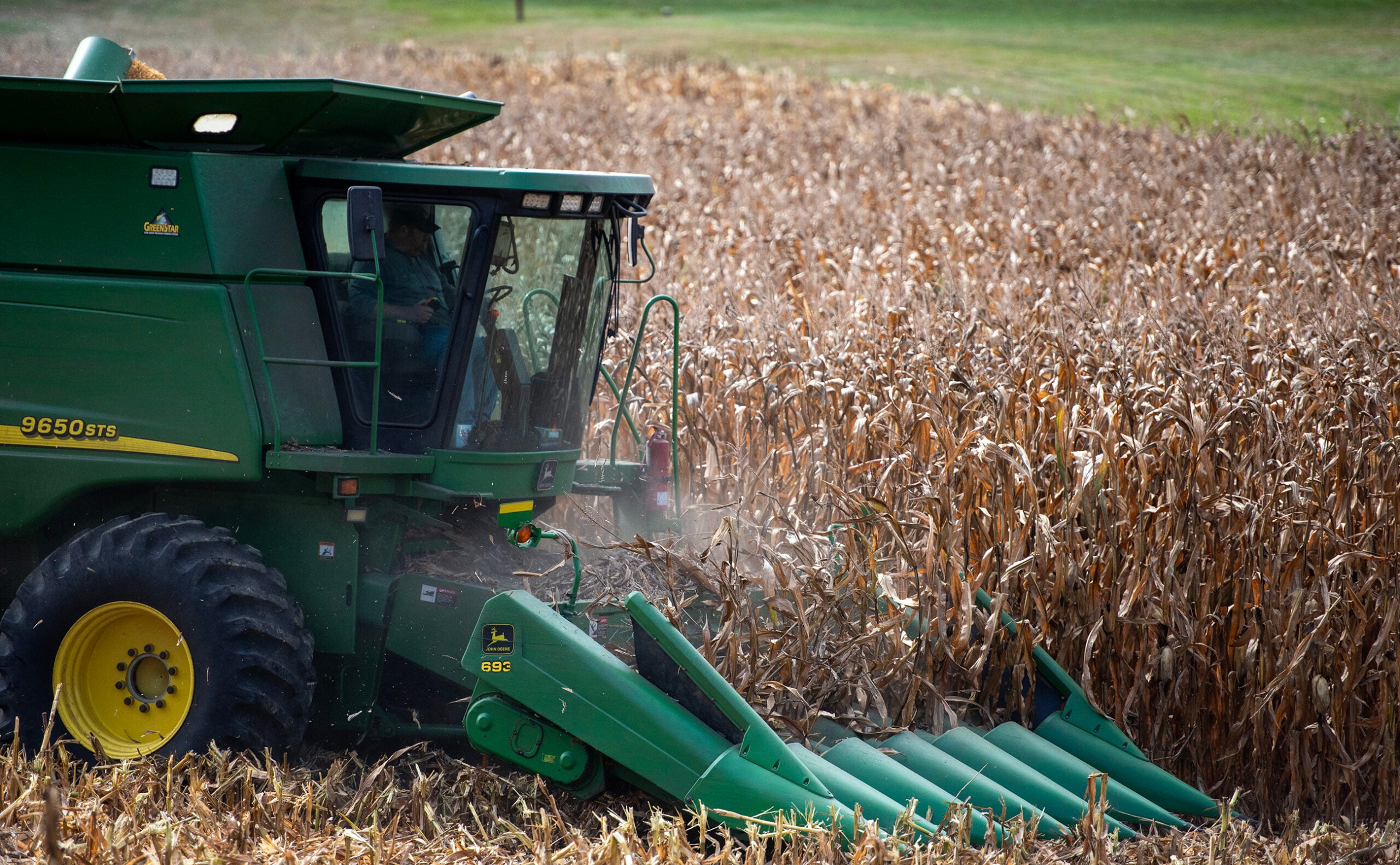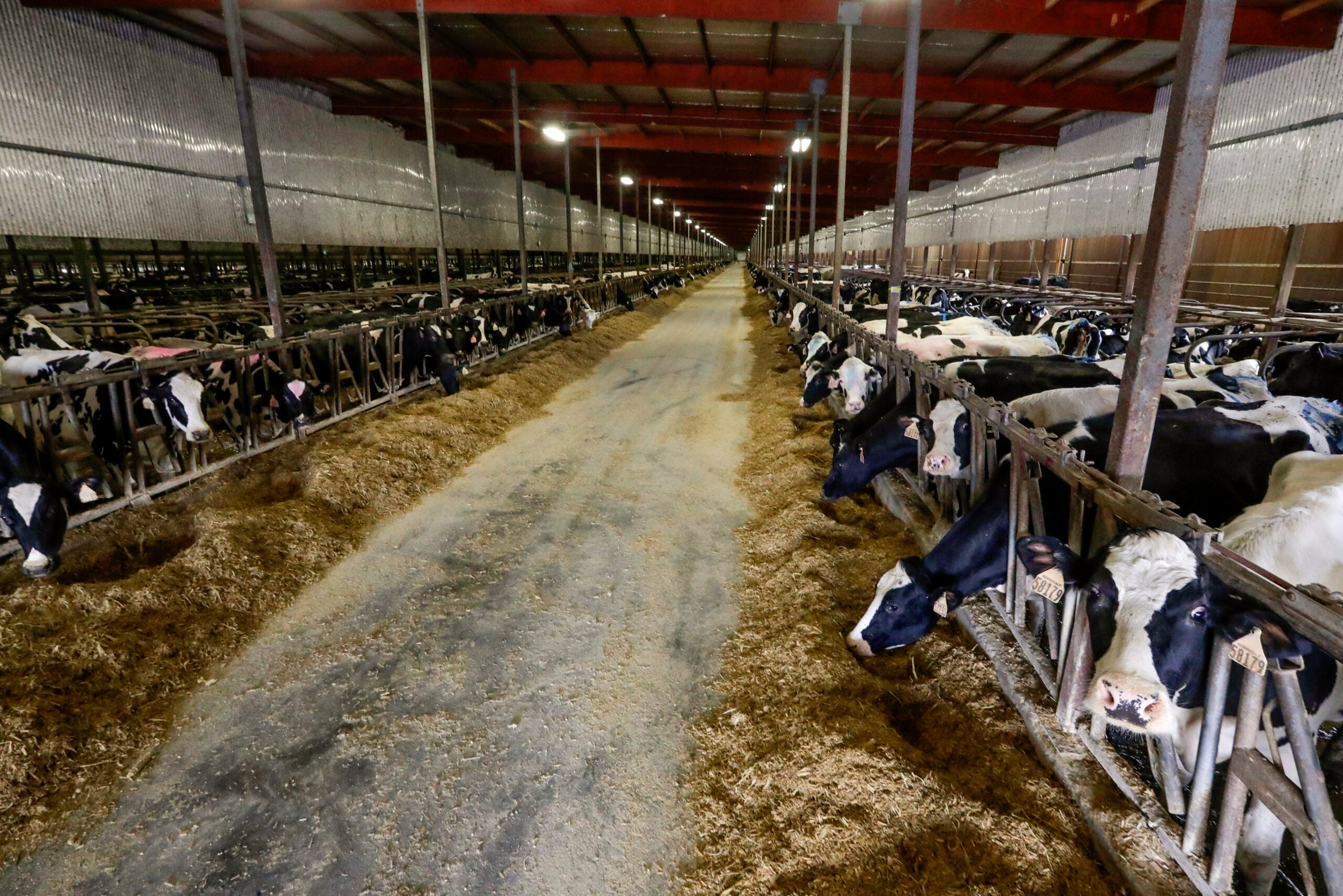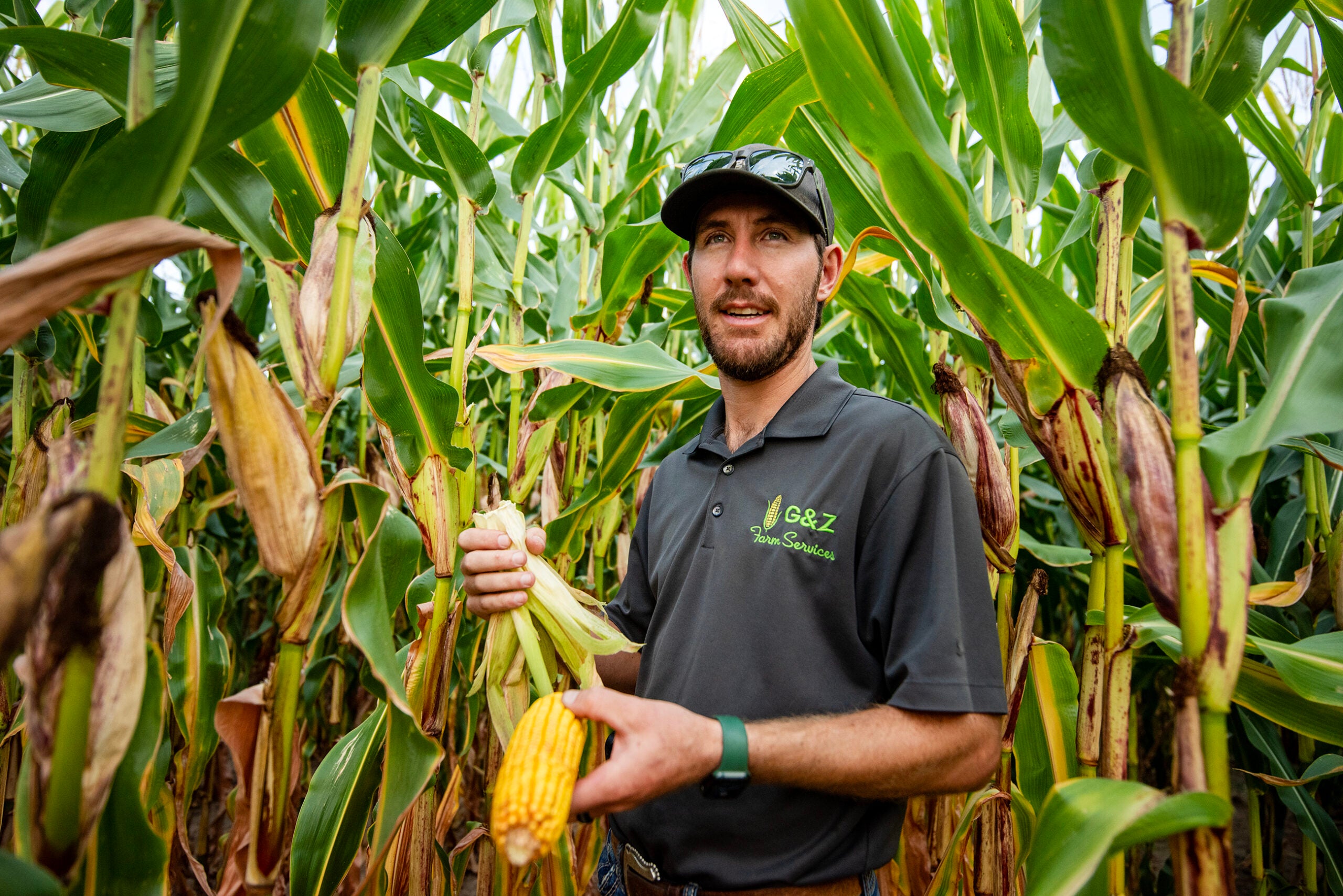The latest data on farm spending shows the COVID-19 pandemic influenced production expenses in 2020 for Wisconsin farms.
The annual report from the U.S. Department of Agriculture’s National Agricultural Statistics Services shows total farm spending last year was 3 percent higher than in 2019.
Spending in most categories was up, but several major expenses saw declines. Spending on fuel was down 16 percent from 2019, mirroring lower gas prices seen in 2020. Livestock, poultry and other animal-related expenses were down 15 percent from the previous year.
News with a little more humanity
WPR’s “Wisconsin Today” newsletter keeps you connected to the state you love without feeling overwhelmed. No paywall. No agenda. No corporate filter.
Many farmers with livestock cut back when the pandemic shut down large meat processing plants and disrupted supply chains across the country, said economist Steve Deller from the University of Wisconsin-Madison.
“There was so much uncertainty that a lot of farmers just kind of hunkered down,” Deller said. “Riding that out meant that they’re going to kind of minimize their expenses. We’re keeping livestock perhaps a little longer than we would in a normal year because of that uncertainty.”
Spending on labor was down 14 percent from 2019. Deller said he was surprised to see that expense decline because farm wages have been increasing in recent years as producers struggle to find enough workers.
“Farmers may have been thinking that maybe they wanted to do more of the work themselves,” Deller said. “They prefer to … keep the number of people coming on and off the farm to a minimum.”
He said farms may have also had a harder time finding seasonal workers last summer given the number of businesses struggling to find enough employees.
But he said there are also long term trends in agriculture labor that could be catching up to the market. The dairy industry in particular has seen an exodus of small- and medium-sized dairy farms, which typically employ a handful of workers. He said those farms are transitioning to beef or another commodity, cutting back on their need for employees. On the other side of the spectrum, Deller said the largest farms are also finding ways to cut back on their labor spending.
“A growing number (of farms) are going with robotic milking technologies. The cost of that technology has been dropping dramatically over time,” Deller said. “Farmers are finding that it’s a time saver, it’s a labor saver and the amount of information that they get on each cow off of these robotic milking machines is just phenomenal.”
The largest spending increases last year were in farm machinery and tractors, both up about 35 percent from 2019. Spending on miscellaneous capital expenses was up 25 percent from last year while trucks and automobile spending was up 15 percent.
Kevin Hoyer, crop consultant for Melrose Farm Service, said he saw many farmers looking to invest in new machinery last year in order to do more with fewer employees.
“Farm labor is a never-ending challenge,” Hoyer said. “Finding qualified people that can run the equipment, run the machinery, run the technology that is present on the farm is becoming harder and harder to find, let alone people that just would like to.”
Hoyer said the labor shortage has become even worse as the pandemic continues, and farms and agriculture-related businesses are struggling to fill jobs this year.
He said it’s part of why there’s now a shortage of crop fertilizers and the computer chips that power farm machinery.
“We’re seeing wait times of over one year if you want to put a new piece of equipment online,” Hoyer said. “The cost of nutrients, your fertilizers, your plant foods, have in some cases almost doubled because of shortages. And some of those shortages are because of labor-related issues where there is not enough labor to get the products to market.”
He said these shortages have caused the cost of production to rise dramatically in the last year.
Wisconsin Public Radio, © Copyright 2026, Board of Regents of the University of Wisconsin System and Wisconsin Educational Communications Board.







